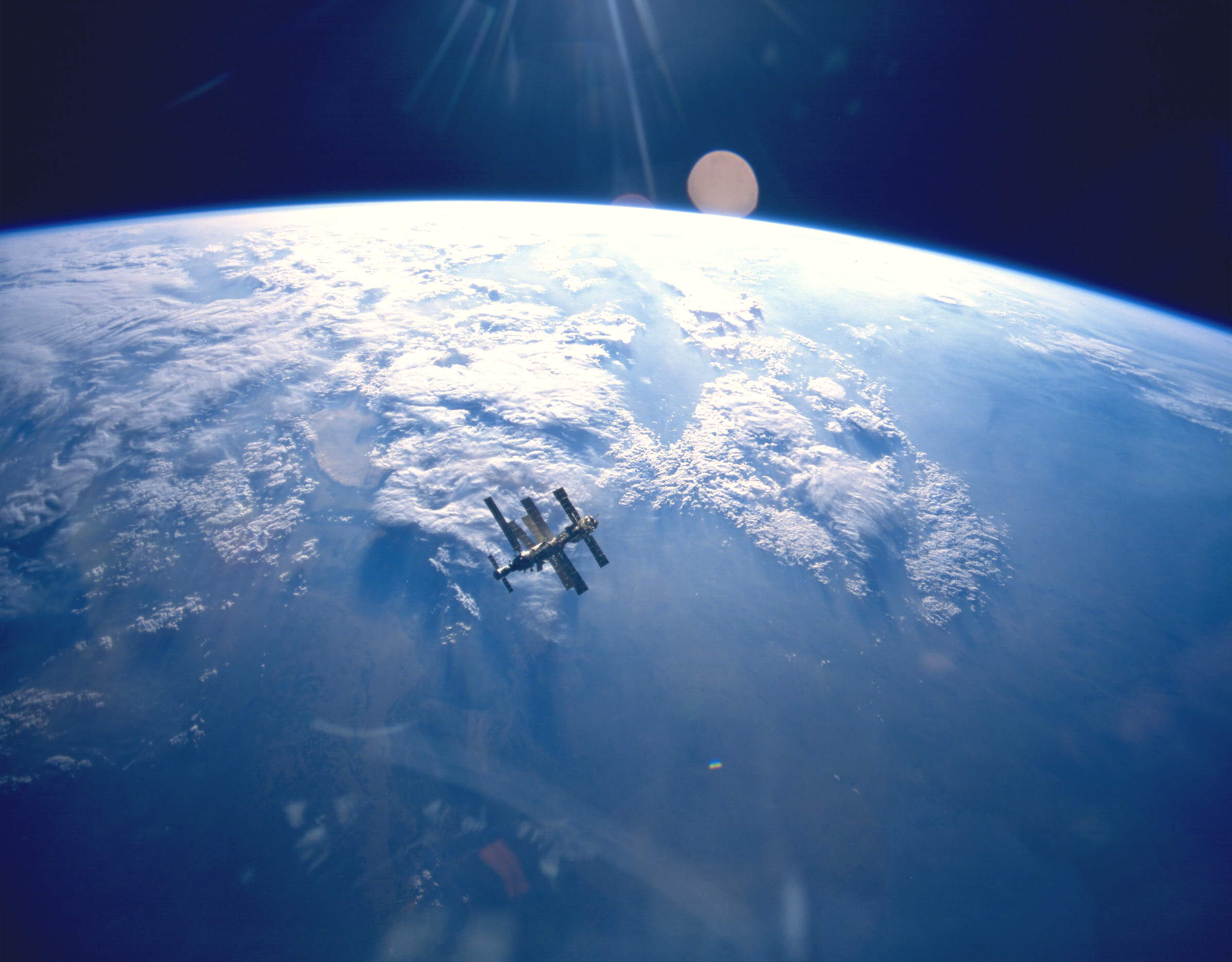
From Live Science:
We had only one house rule when my daughter was born — sleep when the baby sleeps.
After watching countless sleep-deprived new parents, we figured that the only way to manage the unpredictability of an infant's sleep pattern was to follow her lead. This meant we napped a lot during the day, and woke up several times a night, but in the end we all seemed to get enough sleep. And we managed to avoid the glazed over eyes of the sleep deprived most of the time. As one friend commented on our parenting style, "You just don’t look tired enough."
Our rather laissez-faire approach to infant sleep was, of course, radical compared to all the other new parents who were putting their babies on sleep schedules and cleaning the house rather than napping. Their approach, based on a belief that babies "should" be "trained" to sleep in long bouts, alone, and mostly at night, is the accepted Western norm.
Read more ....
















































